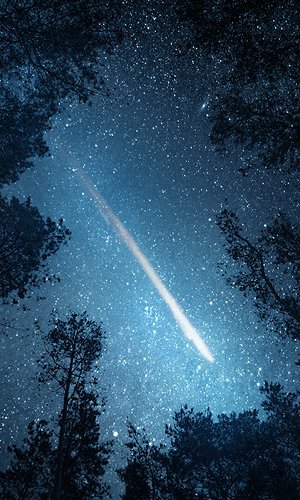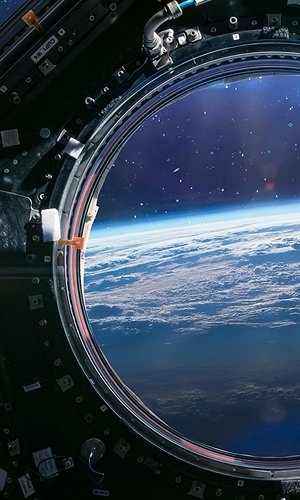In Italy, the night of St. Lawrence, which falls on 10 August, is also known as the night of shooting stars. And since it coincides with the holidays of most Italians, 10 August has always been a magical time to spend at the beach or on a scenic mountain meadow, preferably at altitude, to admire one of the most beautiful spectacles the sky has to offer. But first let's dispel a myth: the best date to see shooting stars is not the 10th but the night between 11 and 12 August, which in the Catholic tradition is dedicated to St. Clare of Assisi. However, the night of St Lawrence is the traditional date, so Italians continue to look up to the sky on the night dedicated to him. But it is not the only date of the year on which shooting stars can be seen, or more precisely, the meteor showers the Earth encounters on its journey along its orbit. Here are the other meteor showers, their apparent starting point and when they are most visible.
Delta Aquariids: active from 18 July to 21 August, their peak is expected on the night between 29 and 30 July. About 15-20 meteors per hour are expected. To locate them, look for a star called Skat, which is found in the constellation Aquarius.
Perseids: active from 14 July to 1 September, they will offer their best show on the night of 11-12 August, with a peak of around 100 meteors per hour. The Perseids will be visible all over the sky.
Orionids: visible from 26 September to 22 November, they will peak on the night between 20 and 21 October, with about 10-20 meteors per hour. Their origin lies in the constellation Orion.
Leonids: active from 3 November to 2 December, they will peak on the night between 17 and 18 November, with about 10-15 meteors per hour. Look for their radiant (i.e. their point of origin) in the constellation Leo.
Geminids: they will be active between 19 November and 24 December, peaking on the night of 13 December, when up to 120 meteors per hour can be observed. The Geminids radiate from the constellation Gemini.
Ursids: this meteor shower will be active from 13 to 24 December, with a peak expected in the early morning hours of 22 December, with about 5-10 meteors per hour. Their radiant is located in the constellation Ursa Minor.
Quadrantids: active from 26 December to 16 January, the Quadrantids will reach their peak on the morning of 3 January, with about 120 meteors per hour. Their radiant is located near the Big Dipper.
Remember that all meteor showers are best visible to the naked eye and that the darker the sky, the more meteors we will be able to see.





